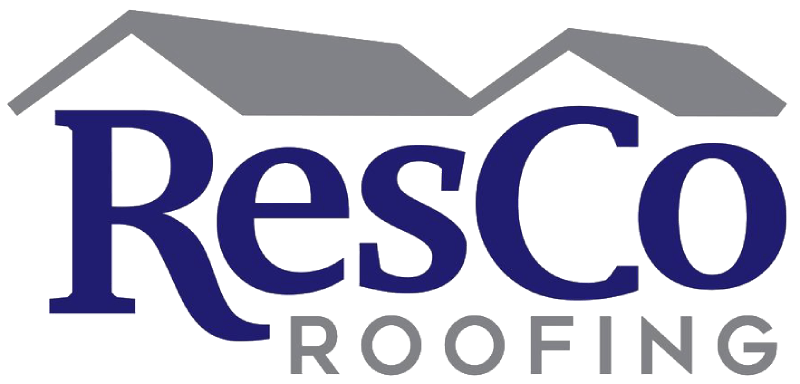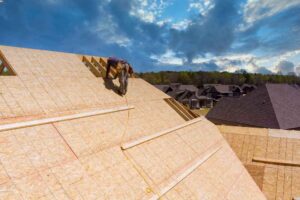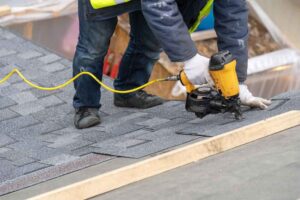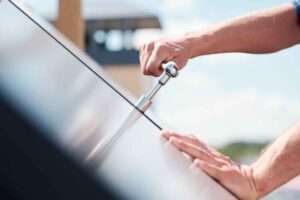Roof Inspection 101: Everything You Need to Know About Roof Inspections
Are you a homeowner who is looking to keep your investment in top condition? Or perhaps you are in the process of buying a new home and want to ensure that its roof is in excellent shape. Either way, the importance of regular roof inspections cannot be overstated. Not only do they help identify any potential issues before they become major problems, but they can also extend the lifespan of your roof and save you money in the long run. But where do you start with roof inspection? In this comprehensive guide, we will cover everything you need to know about roof inspections, from how often to conduct them to what to look for during the inspection. By the end of this guide, you will have the knowledge and expertise to ensure your roof stays in top condition for years to come.
What is a Roof Inspection and Why Is It Important
Regular roof inspections are essential for maintaining the functionality and longevity of a roofing system. A comprehensive examination conducted by a professional is crucial in evaluating the efficiency of the roof. During an inspection, potential issues such as water damage, sagging roof decks, mold growth, and worn-out shingles can be detected. Addressing these problems promptly can prevent significant future damage.
Not only do roof inspections ensure the safety of occupants by identifying potential hazards like leakages that could lead to structural damage, but they are also crucial when buying a new house. An inspection before purchasing a property provides valuable information about the roof’s condition, saving buyers both money and inconvenience from unexpected damages.
Roof maintenance and inspections also contribute to energy efficiency. A well-maintained roof helps maintain stable indoor temperatures, reducing the reliance on heating and cooling systems. By identifying areas of air leaks, heat loss can be minimized. Expert roof inspections can recommend solutions such as insulation and sealing, resulting in lower energy bills and overall savings for homeowners.
Roof inspections play a significant role in identifying problems, ensuring safety, and reducing energy consumption. Scheduling regular inspections is vital for maintaining the functionality and longevity of the roof. By addressing issues promptly, homeowners can avoid costly repairs and enjoy the benefits of an energy-efficient roofing system.
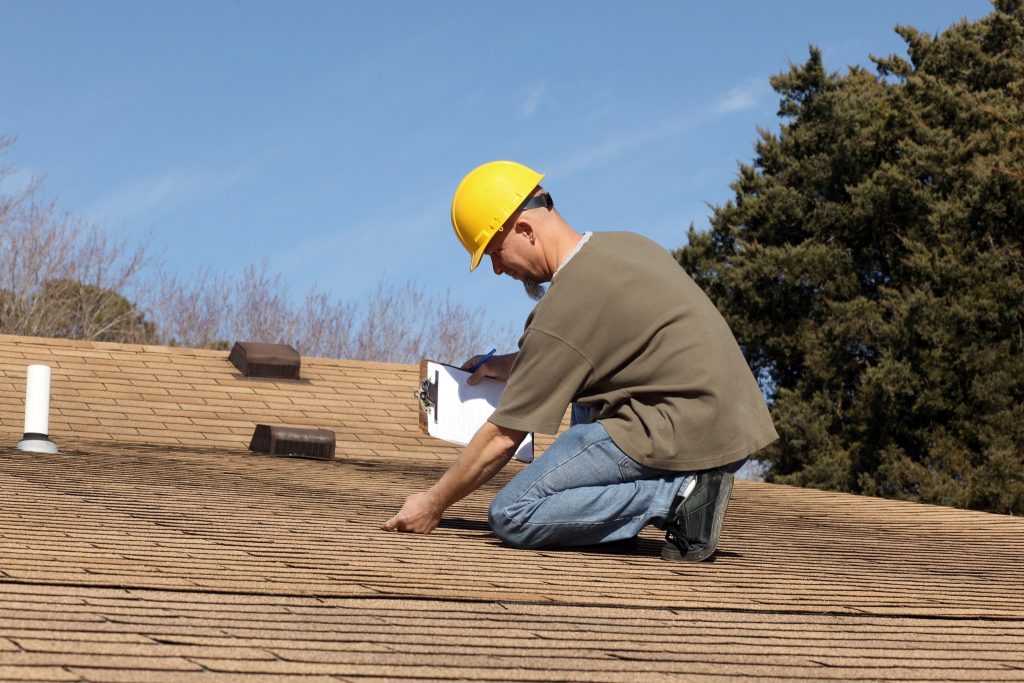
Types of Roof Inspections
There are two primary types of roof inspections: routine maintenance inspections and special inspections. Routine maintenance inspections should occur at least twice a year, ideally in the fall and spring seasons. These regular checks serve the purpose of identifying any potential issues that may have arisen since the last inspection, ensuring that timely repairs are made.
On the other hand, special inspections are conducted for specific reasons, for instance, during extreme weather events or after significant changes have been made to the roof, such as repairs or additions. It is crucial to have these inspections done to assess potential damage and ensure that the roof remains in good condition.
By following a regular inspection schedule, homeowners can proactively maintain their roofs, thus extending their lifespan and preventing costly repairs down the line. Additionally, it is recommended to hire a professional roofing contractor for inspections as they possess the expertise to identify even the slightest signs of damage or deterioration.
During a routine maintenance inspection, the expert will thoroughly examine various components of the roof, including shingles, flashing, gutters, and vents, to ensure that they are in good condition and properly functioning. They will also check for signs of leaks, moisture buildup, or any other signs of damage that may compromise the integrity of the roof.
In the case of a special inspection, the focus will be on assessing the impact of specific events or changes on the roof. For instance, after a severe storm, an inspector will examine the roof for any signs of wind or hail damage, loose or missing shingles, or other structural issues that may have occurred. Similarly, when repairs or additions have been made to the roof, a special inspection will help ensure that the work has been done correctly, and the roof remains secure.
Regular roof inspections, along with timely repairs and maintenance, are essential to ensuring the longevity and performance of any roofing system. By investing in these preventive measures, homeowners can protect their investments, enhance the energy efficiency of their homes, and enjoy peace of mind knowing their roofs are in optimal condition.
Common Roof Problems and How to Spot Them
Roofs endure exposure to a range of natural elements year-round, rendering them vulnerable to potential damage. As a responsible homeowner, it becomes imperative to possess awareness regarding prevalent roof problems and the ability to identify them during inspections. Let’s delve into a comprehensive breakdown of common roof problems and effective detection methods:
- Leaks – Pinpointing water leaks can pose a challenge, particularly when they are minuscule or concealed. During inspections, meticulous scrutiny should be applied in search of telltale water stains on the ceiling, walls, or in the attic. These stains might serve as evidence of an underlying leak in the roof.
- Shingle Damage – Vigorous winds, hailstorms, and extreme temperatures can contribute to shingle damage, potentially resulting in leaks and further complications. To tackle this issue, thorough inspections must be carried out to detect any missing, cracked, or curling shingles that might compromise the roof’s integrity.
- Mold Growth – Accumulated moisture can foster the growth of mold on the roof surface, jeopardizing both the structural soundness and the health of inhabitants. During inspections, heed the presence of dark spots or discoloration on the roof as signs of mold growth, and address them promptly.
- Sagging Roof – A visibly sagging roof is a clear indication of underlying structural damage that, if neglected, can lead to hazardous circumstances. During inspections, stay vigilant for any conspicuous signs of sagging or dips in the roofline, warranting immediate attention.
- Punctures or Holes – Over time, debris and harsh weather conditions can puncture or create holes in the roof surface. Identifying these issues during inspections is relatively straightforward and necessitates immediate repair to prevent further deterioration.
By acquainting yourself with these common roof problems, homeowners are empowered to identify them during inspections and take swift action to resolve them. Additionally, it is crucial to emphasize that preventive measures are key to mitigating roofing issues. In the eternal quest for a resilient roof, remember that prevention triumphs over cure.
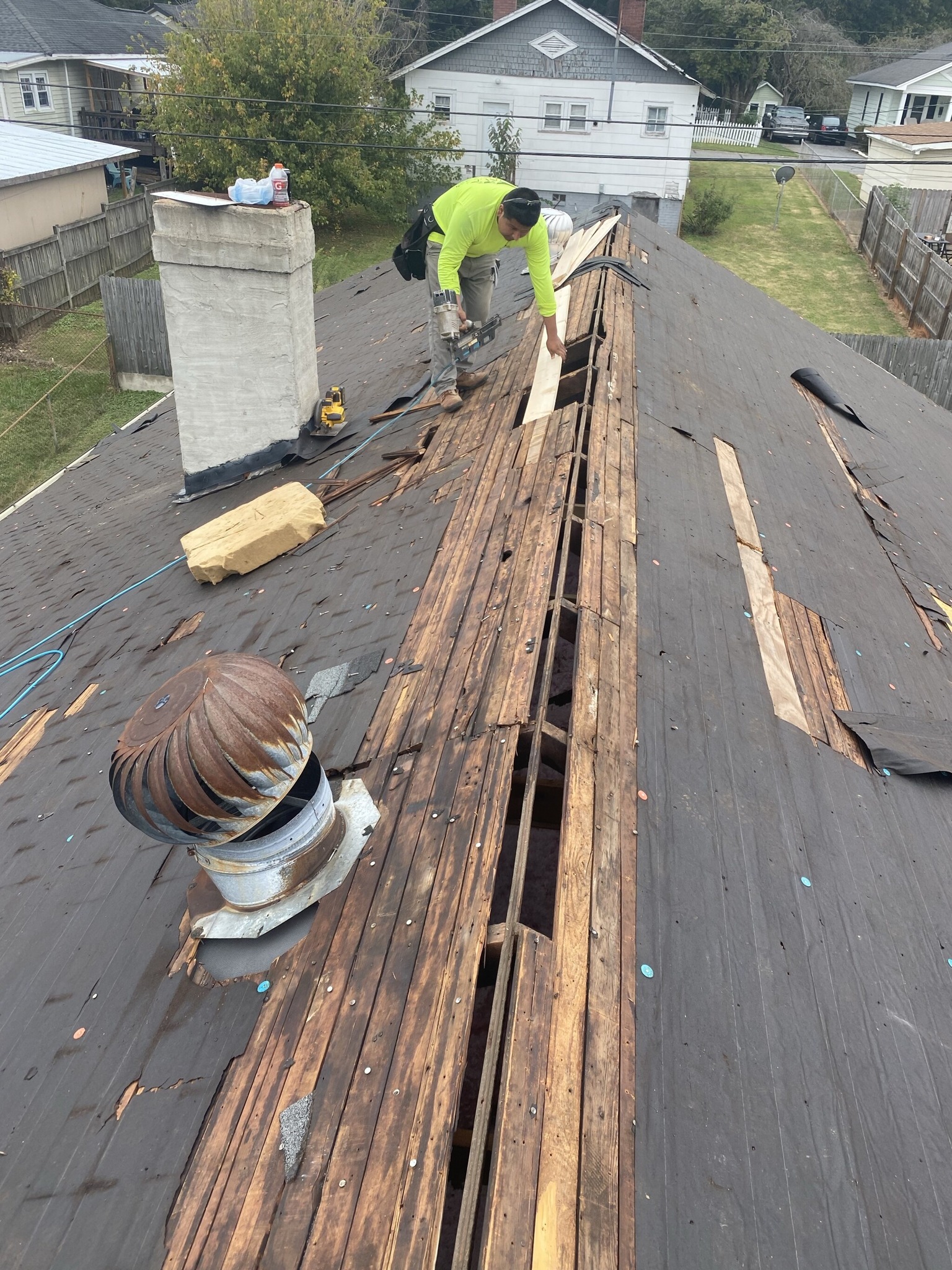
Preparing for a Roof Inspection
To ensure a smooth and fruitful roof inspection, proper preparation is crucial. As with any inspection, homeowners can follow these steps to make the process efficient and stress-free:
- Clear the Area: Prior to the scheduled inspection, it is important to remove any outdoor furniture or objects that may obstruct the inspector’s access to different parts of the roof.
- Take Safety Precautions: Consider keeping pets or children indoors during the inspection to prevent accidents or distractions that may hinder the process.
- Provide Easy Access: Unlock all attic and crawl space access points in advance, as these areas will be closely examined during the inspection.
- Gather Important Documents: Have any relevant documents about your roof readily available for the inspector, such as warranties, repair records, or insurance information. This will provide a comprehensive overview and ensure that nothing is overlooked.
- Communicate Concerns: If you have any specific concerns or questions about your roof, don’t hesitate to communicate them to the inspector before the inspection begins. This will allow them to address any particular areas of focus during the assessment.
By following these simple yet crucial steps, homeowners can expedite and streamline their roof inspections, leading to a more efficient process. This preparation not only benefits the homeowners themselves, but also helps the inspector to carry out their work effectively.
What to Expect During a Roof Inspection
Regular roof maintenance and repairs are crucial for homeowners to ensure the safety and comfort of their families. To proactively address any issues before they escalate, it’s highly recommended to schedule a comprehensive roof inspection. When enlisting the expertise of a professional inspector, you can count on a thorough evaluation of various exterior elements, including shingles, flashing, gutters, and the chimney. Be sure to inform the inspector of any observed leaks or other concerns, enabling them to direct special attention accordingly.
During the inspection, the inspector will meticulously examine the roof’s surface by ascending onto it. They will closely scrutinize for signs of damage such as cracked or missing shingles, as well as indications of wear and weathering. Furthermore, they will assess potential areas prone to water leakage or pooling, and evaluate the overall structural integrity of the roof. If any problems are identified, a comprehensive report detailing the findings along with recommendations for necessary repairs or maintenance will be provided.
Undoubtedly, a roof inspection is an indispensable aspect of preserving the safety and functionality of your residence. Don’t wait until issues arise; take proactive measures by scheduling a thorough roof inspection today to mitigate potentially significant problems in the future. With the guidance of a reliable professional, you can have peace of mind knowing that your roof is well-maintained and poised to safeguard your home for the years to come.
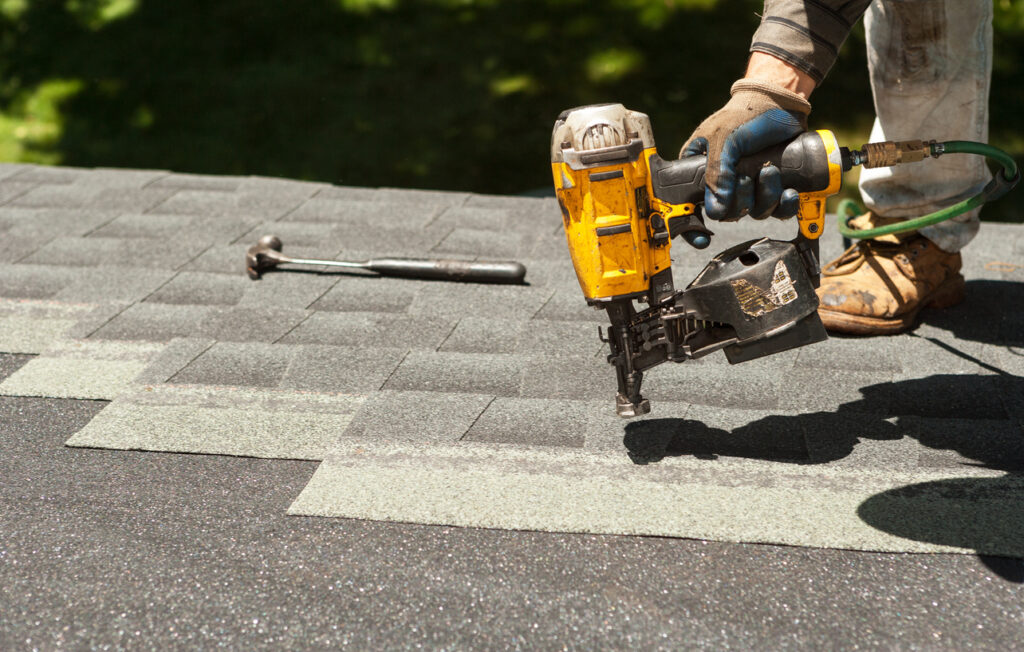
Tips for Maintaining a Healthy Roof After an Inspection
After a thorough roof inspection, it’s essential to take proactive steps towards maintaining the health and longevity of your roof. Here are some valuable tips to keep in mind:
- Clear debris regularly. Regularly remove debris such as leaves, twigs, and branches from the roof surface to prevent potential damage or blockages.
- Trim overhanging branches. Low-hanging branches can rub against the roof surface, causing damage and promoting the growth of mold and algae. Trim them back to avoid these issues.
- Clean gutters regularly. Clogged gutters can cause water to pool on the roof, leading to leaks or other structural damage. Regularly clean out your gutters to maintain proper drainage.
- Inspect for damage after severe weather. After a storm or other severe weather event, it’s important to visually inspect your roof for any signs of damage. Address any issues promptly to prevent further damage.
- Schedule regular inspections and maintenance. Regularly scheduled inspections and maintenance can help identify and address potential problems before they become significant, saving you time and money in the long run.
By following these simple tips and staying vigilant about the health of your roof, you can ensure it remains strong and resilient for years to come. Remember, prevention is key in maintaining a healthy and functional roof. Don’t wait for issues to arise; take proactive measures today to protect your home.
In conclusion, a roof inspection is an essential step towards maintaining the safety and longevity of your home. By preparing for the inspection, understanding what to expect, and taking proactive measures after the assessment, homeowners can ensure their roofs remain in top condition. Remember, regular maintenance and preventive measures are key to avoiding significant roofing problems in the future. Stay informed and take action to safeguard your home and investment. So, always keep in mind the importance of a thorough roof inspection and make it a priority for the well-being of your property. With proper care and attention, you can rest assured that your roof will continue to protect you and your loved ones for years to come.
Keep in mind that routine inspections are recommended at least once every year or after severe weather events to ensure that your roof remains in top condition. Don’t wait until it’s too late; schedule a professional roof inspection today and stay ahead of any potential problems. Your home deserves the best care, so invest in regular inspections and maintenance for a functional and safe roof.
